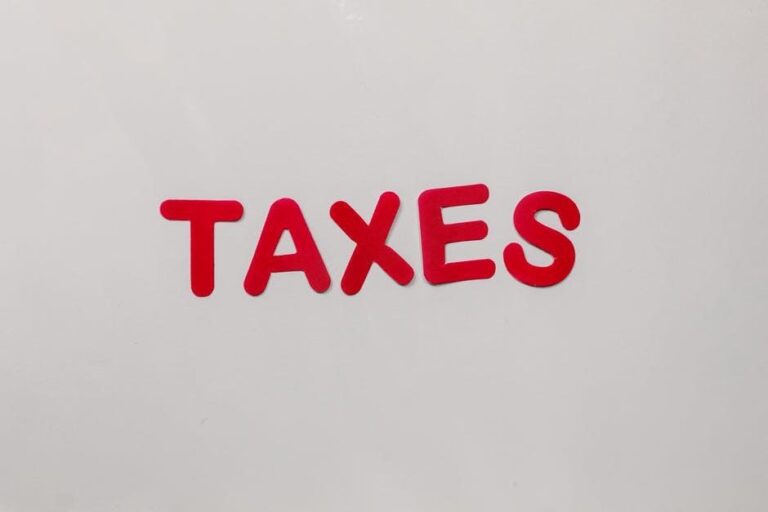What Percentage of Americans Live Paycheck to Paycheck?
In an economy characterized by its dynamic nature, understanding the financial habits and challenges of Americans is crucial. A significant indicator of economic well-being for many households is whether they live paycheck to paycheck. This term refers to a situation where individuals rely entirely on their next paycheck to cover their living expenses, with little to no savings to fall back on. This blog delves into the current statistics surrounding this issue and explores how effective personal banking strategies can mitigate the financial strain experienced by many Americans.
The Current Landscape
Recent surveys and reports shed light on the financial reality for a substantial portion of the American population. Living paycheck to paycheck is not just a phenomenon among low-income households; it spans across various income levels, affecting a diverse demographic. The reasons behind this trend are multifaceted, including rising living costs, stagnant wages, and unexpected expenses.
Understanding the Statistics
Various studies and surveys have attempted to quantify the percentage of Americans living paycheck to paycheck. While the exact figures may vary depending on the source and methodology, a common finding is that a significant majority of Americans find themselves in this precarious financial situation. This reality underscores the importance of effective personal banking and financial planning to navigate economic challenges.
The Impact of Economic Fluctuations
Economic downturns, such as recessions, can exacerbate the paycheck-to-paycheck cycle. Job losses, reduced hours, and other income disruptions can quickly deplete any savings, forcing individuals to rely even more on their immediate income. This situation highlights the need for robust personal banking practices that can provide a buffer against economic uncertainties.
Strategies to Break the Cycle
Breaking free from living paycheck to paycheck requires a strategic approach to personal banking and financial management. By adopting certain practices, individuals can gradually build a financial cushion that enables them to handle unexpected expenses and reduce their reliance on each paycheck.
Building an Emergency Fund
One of the foundational steps in breaking the paycheck-to-paycheck cycle is to establish an emergency fund. Even small, regular contributions to a savings account can add up over time, providing a much-needed financial buffer.
Budgeting and Expense Tracking
Effective budgeting is crucial for gaining control over one’s finances. By tracking expenses and setting budgetary limits, individuals can identify areas where they can cut back and redirect funds toward savings.
Seeking Financial Education
Financial literacy plays a pivotal role in financial well-being. Many banks and financial institutions offer resources and workshops on personal banking basics, budgeting, saving, and investing. Leveraging these resources can equip individuals with the knowledge to make informed financial decisions.
The Role of Personal Banking
Personal banking services are integral to managing finances and overcoming the paycheck-to-paycheck cycle. Modern banking solutions, including high-yield savings accounts, budgeting tools, and financial planning services, can support individuals in their journey toward financial stability.
Leveraging Technology
Online banking platforms and mobile apps offer convenient access to banking services, making it easier for individuals to manage their finances, track spending, and save money. Utilizing these tools can enhance one’s ability to budget and save effectively.
Consulting with Financial Advisors
Many banks provide access to financial advisors who can offer personalized advice on saving, investing, and managing debt. These consultations can be invaluable for individuals looking to improve their financial situation and achieve long-term financial goals.
Conclusion
The reality that a considerable percentage of Americans live paycheck to paycheck highlights the need for increased financial literacy and robust personal banking practices. By understanding the statistics and implementing strategic financial management techniques, individuals can work toward breaking the cycle and achieving greater financial security. In doing so, the role of personal banking becomes not just a convenience but a crucial component in navigating the complexities of personal finance in today’s economy.




